Buon Ma Thuot is the provincial capital of Dak Lak province and the largest city in the Central Highlands of Vietnam.
Buon Ma Thuot is of Ede origin, meaning "village or village of Ama Thuot", it comes from the name of the village of A ma Thuot - the name of the richest and most powerful chief in the region; from here, surrounding villages were formed, developing into the city of Buon Ma Thuot today.
Since the mid-12th century, ethnic minorities in the Central Highlands have risen up to fight against the invasion of Champa. In 1470, when Champa invaded the southern border of Dai Viet, they were defeated by the Le Dynasty's army. After defeating Champa, the Le Dynasty on the one hand respected the boundary between the residential areas of the Central Highlands ethnic minorities and the plains; on the other hand, it had policies to maintain the relationship between the Kinh people and the ethnic minorities.
In 1540, when Bui Ta Han was appointed by the court as the Governor of Nam Ngai, he also managed the ethnic minority areas in the western mountains. He allowed people to migrate to the mountains to establish villages, expand trade between the Kinh and ethnic minorities, recommend local chiefs and chieftains, and crowned King Hoa Xa and Thuy Xa. From then until the later Nguyen Dynasty, the Tay Nguyen-Daklak area was called Man town, indirectly managed by the court. Administratively, Man town was divided into 4 Nguyen and 5 Dao, and militarily , the Nguyen Dynasty established a number of military posts, conducted patrols, guarded the border, and prevented the invasion of the Siamese army.
In the late 19th century, the French colonialists stepped up their reconnaissance activities, grasping the situation under many different names, in order to serve their plot to invade the Central Highlands and Daklak. By 1898, they concentrated their forces to capture Buon Don and gradually expanded the war to capture the entire Daklak plateau.
After occupying Daklak, the French colonialists began to build a ruling apparatus, establishing the administrative unit of Daklak province in 1904 according to the Decree of the Governor-General of Indochina. They divided Daklak into 5 districts, imposed a direct rule regime, and implemented the policy of "divide and rule". But it was also from that harsh oppression and exploitation that the ethnic groups of Daklak continuously and heroically rose up against the French colonialists, under the leadership of the Chieftains. In the late 19th and early 20th centuries, uprisings and armed struggles continuously broke out in the province; such as the uprising of Ama Jhao (1890-1904), the struggle of N'Trang Gưh (1900-1914), and the uprising of Oi H'Mai (1903-1909). The most typical was the uprising of the M'nong people led by N'Trang Long, which lasted 23 years (1912-1935) and attracted the participation of people from all ethnic groups, not only in the Dak Nong plateau, but also in the Central Highlands and Cambodia.
Along with the armed struggles and uprisings led by the chieftains, in the province there also appeared a number of legitimate political struggles of civil servants, officials, intellectuals, and students against the French colonialists’ policy of divide and rule, against the policy of keeping people ignorant, and against the policy of despising the indigenous people. Typical was the struggle led by two patriotic Ede teachers, Y Jut and Y ut (1925 - 1926).
Also during this period, due to the policy of establishing colonial plantations, a class of workers appeared in Daklak who worked for the plantations to exploit and torture them. To fight against the brutal oppression and exploitation of the French colonialists, the plantation workers organized many struggles in many different forms. Typical of the workers' struggles during this period were the struggle of the Mai O (Maillot) plantation workers in 1927, the struggle of the Rossi and CHPI plantation workers in 1933, the Buon Ho bridge and road workers in 1935 and later the CADA plantation workers...
When World War II came to an end, especially after the Japanese coup against the French on March 9, 1945, the revolutionary movement in the province developed vigorously. Mass organizations and associations were established one after another, attracting workers, peasants, intellectuals, youth, and women to participate in Viet Minh activities. On August 24, 1945, after the uprising at the CADA plantation, the general uprising to seize power broke out in Buon Ma Thuot: tens of thousands of people simultaneously rose up to support the uprising committee, seized power for the people, established a revolutionary government, and opened a new era: the era of independence, freedom, and the people being masters of their own destiny.
After the abolition of the fascist colonialist ruling apparatus, the people of all ethnic groups united and joined hands to build a new regime. Under the leadership of the Party and the Viet Minh Committee, the people of Daklak enthusiastically participated in consolidating the government, building armed forces, fighting against hunger and illiteracy, and exercising the sacred rights and obligations that the revolution had brought.
On December 30, 1945, the French army returned to invade for the second time. The army and people of Buon Ma Thuot and the army and people of all ethnic groups in the province rose up to fight. The 9-year long, arduous and fierce resistance war finally won victory.
But when the resistance war against France had just ended, the US imperialists jumped into the South, with the plot to invade the South and permanently divide our country. Together with the people of the whole country, the people of all ethnic groups in Daklak continued to enter the fight against more dangerous and cruel enemies, the US imperialists and their puppet government.
During more than 20 years of occupation, the US imperialists and their puppet government concentrated a lot of military and political potential, aiming to build Dak Lak into an important strategic area, with many tricks to crush the revolutionary will of the people of Dak Lak ethnic groups. But overcoming all the greatest sacrifices and losses, the army and people of all ethnic groups stood shoulder to shoulder, persistently fought, successively smashed the enemy's plots and tricks, and achieved glorious feats: the simultaneous uprising to destroy the pliers in 1960-1961, the breaking of hamlets to win people to liberate the countryside in 1964-1965, the general offensive and uprising in the Tet Mau Than period in 1968, defeating the rapid pacification program of the US and puppet regime in 1969-1972. Finally, the victory of Buon Ma Thuot (March 10, 1975) was achieved, opening the General Offensive and Uprising to liberate the South, unify the country, and open a new era: the era of independence, freedom, unity, and the whole country moving towards Socialism.
Provincial Information Portal










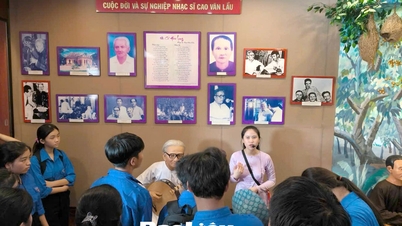
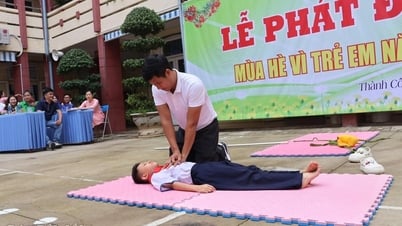

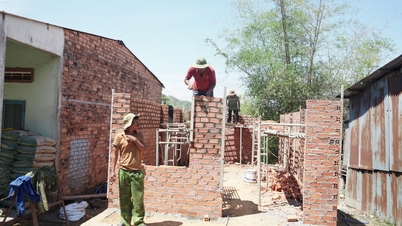
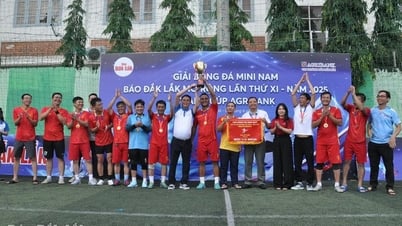




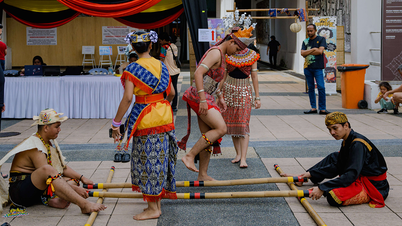
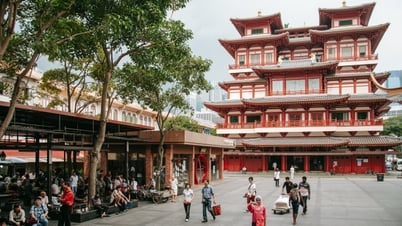

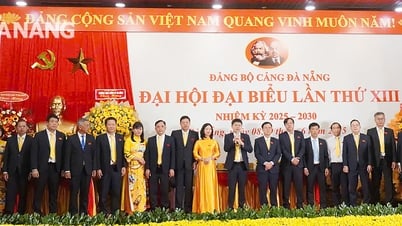

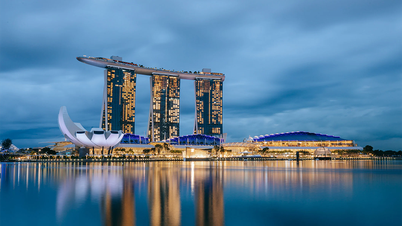





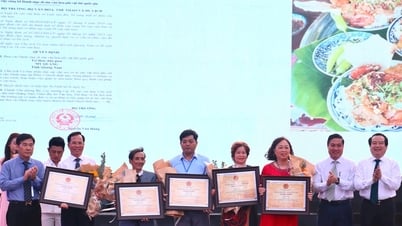

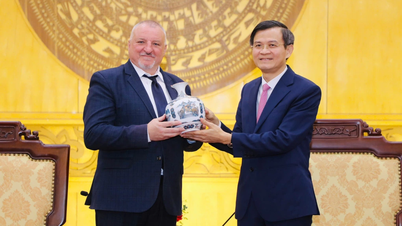

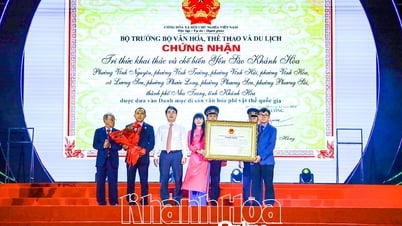

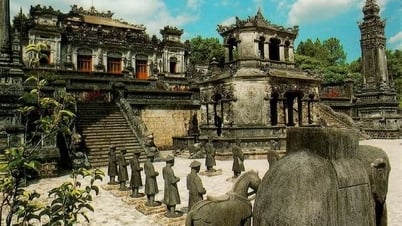







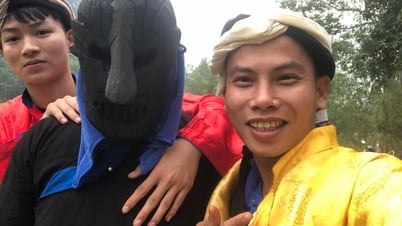





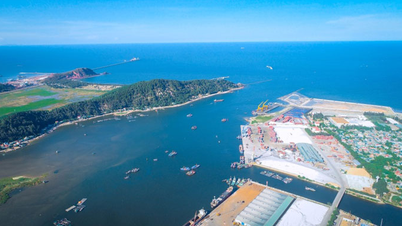







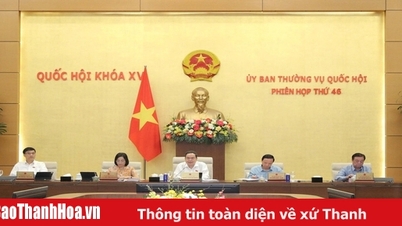



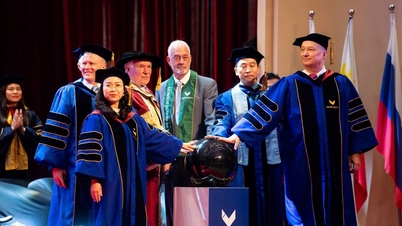
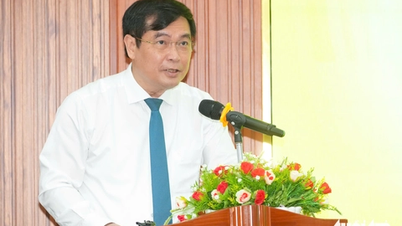




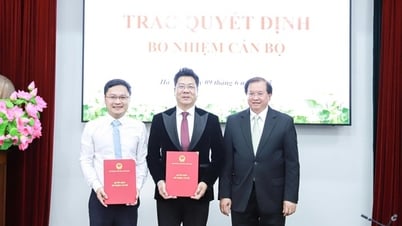



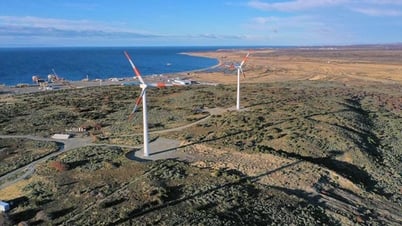
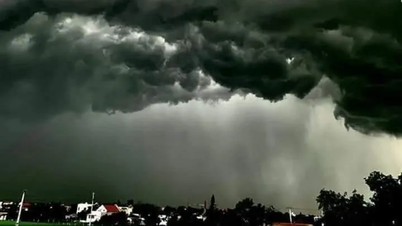

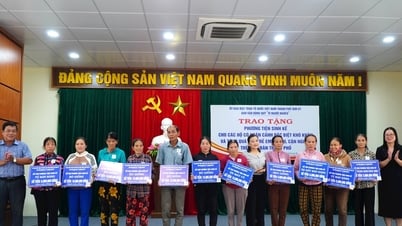














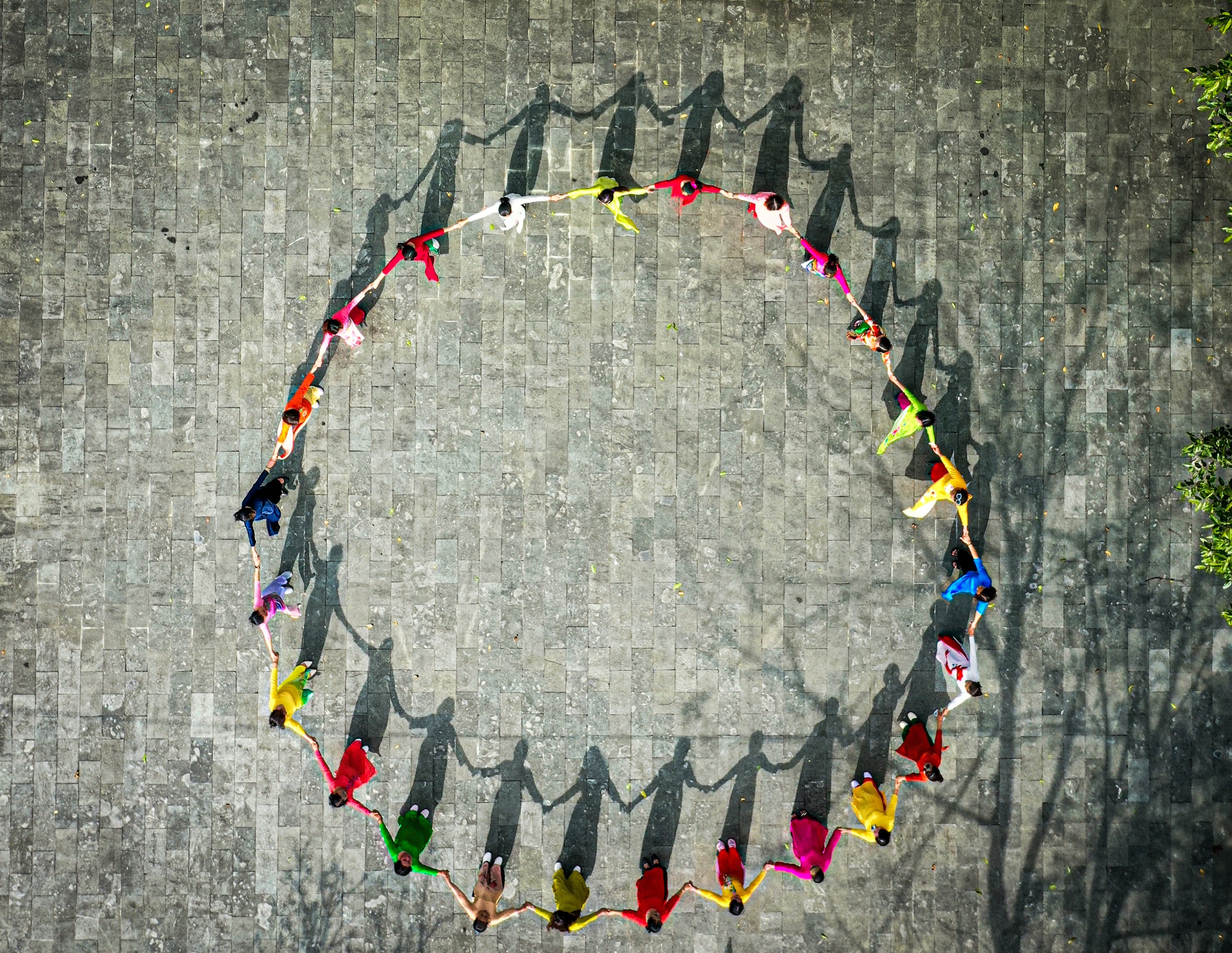
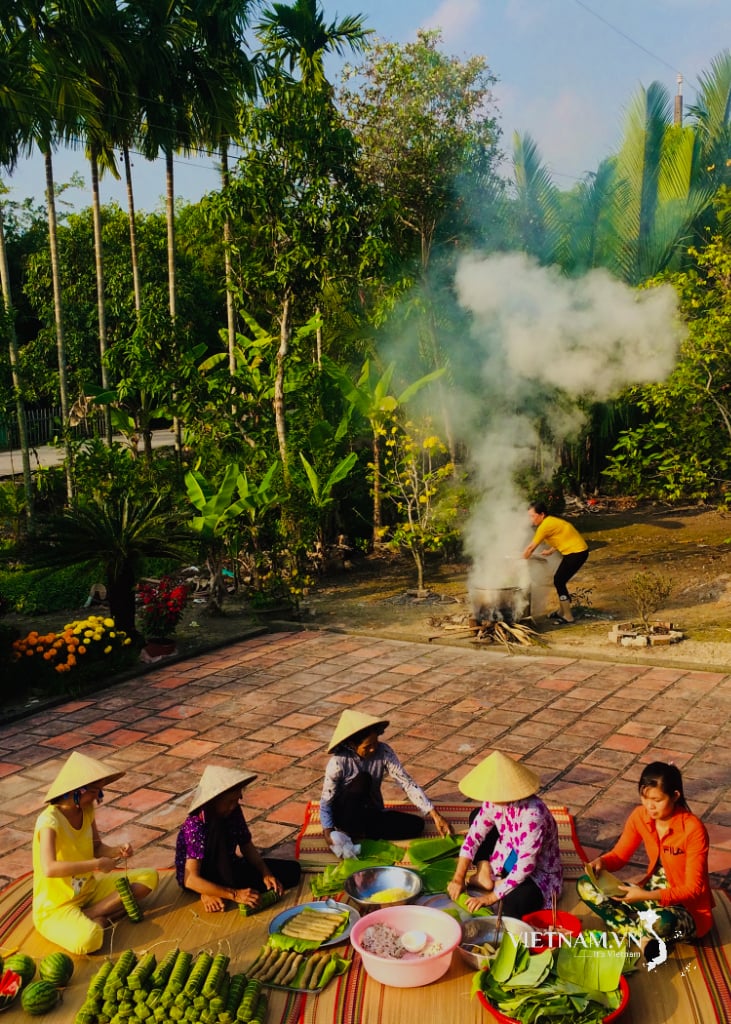
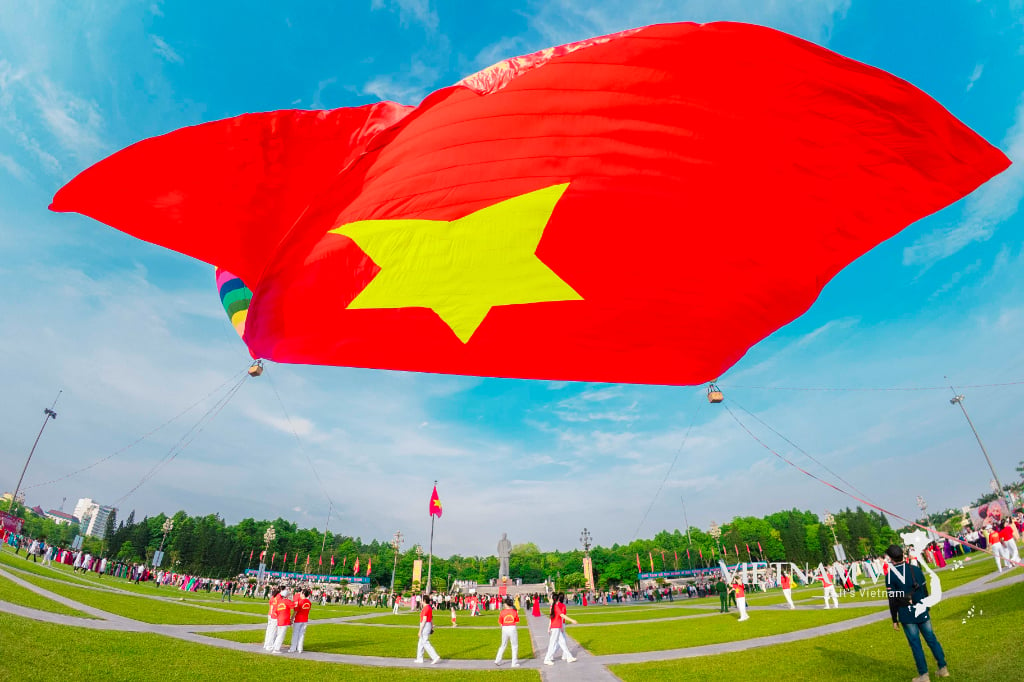

Comment (0)